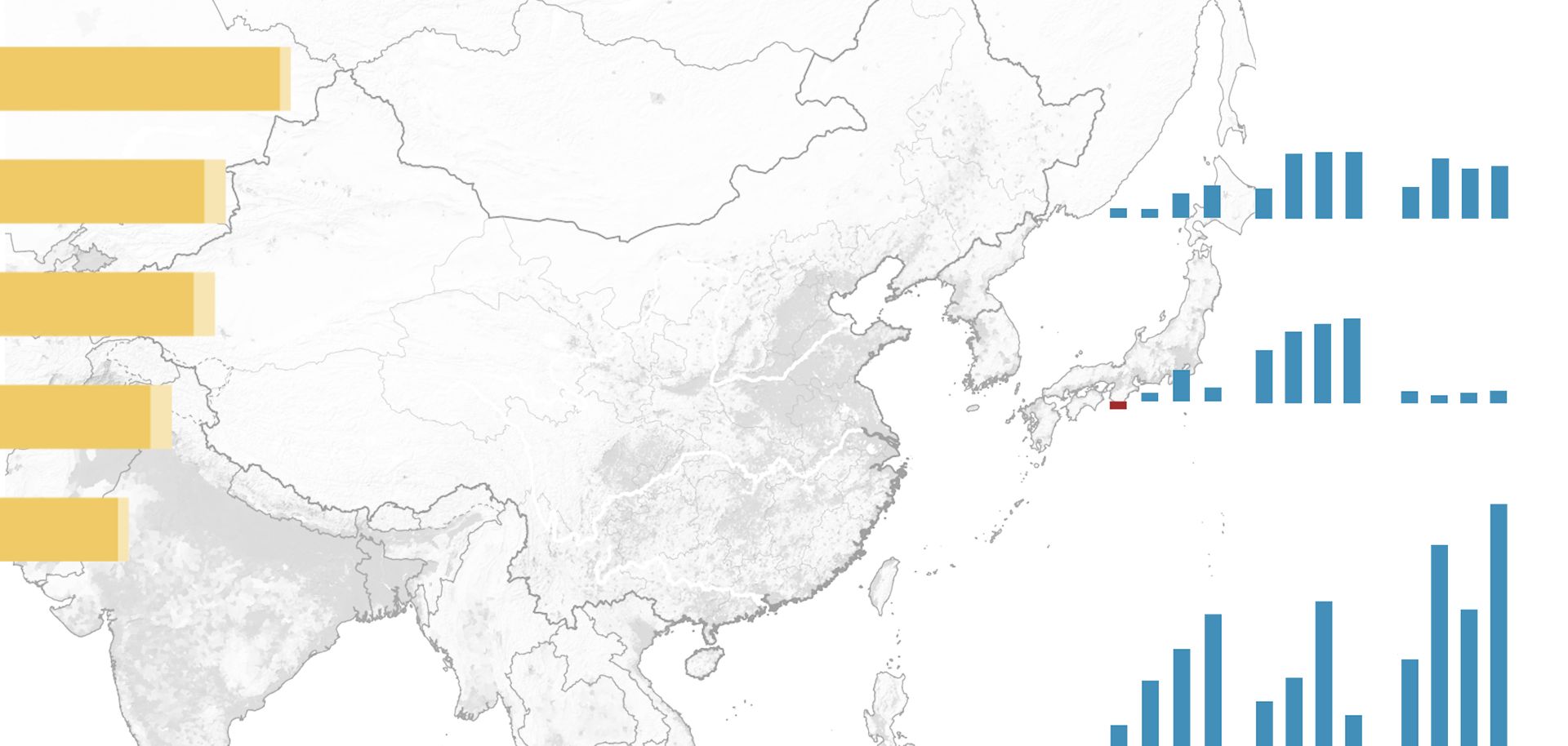
Since South Sudan's secession from Sudan in July 2011, the two countries have found themselves in a mutually dependent economic relationship, because South Sudan possesses 75 percent of the formerly shared oil reserves while Sudan controls the pipelines needed to export the oil to the international market. Though Khartoum will likely try to pressure Juba to sign a permanent oil deal, South Sudan will likely continue to look for alternative export options since it is apprehensive about being wholly dependent on Sudan for exporting its oil. Among South Sudan's alternatives is a proposed pipeline that would run from Juba through Kenya to the port of Lamu on the Indian Ocean. South Sudan and Kenya reached an agreement in January to build the pipeline, which would be able to export 700,000-1 million barrels per day (two to three times more crude than South Sudan can export through Sudan's present network). The pipeline, which will cost between $3 billion and $5 billion, is a part of a larger $30 billion project that includes road, rail, electrical and port infrastructure in South Sudan, Ethiopia and Kenya. Construction on the pipeline is expected to begin in 2013 and take two years — precisely when the current deal between South Sudan and Sudan ends. It should be noted, however, that Juba has announced similar plans in the past that have failed to materialize, and Nairobi and Juba signing a deal does not guarantee the pipeline will ever be built.



